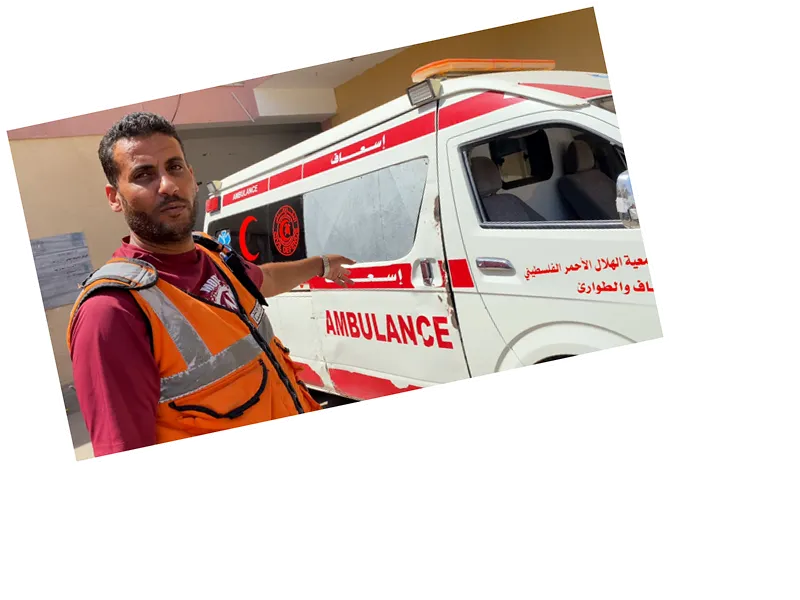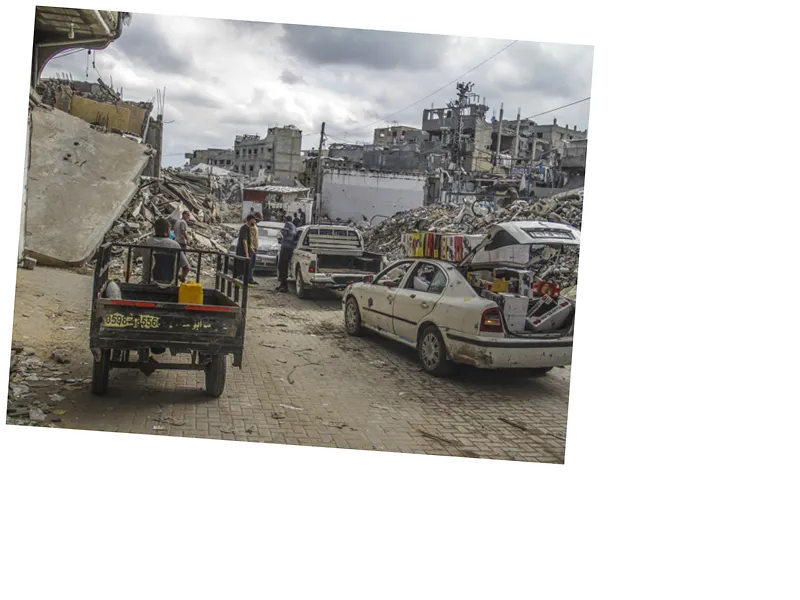The Humanitarian Crisis in Gaza: The Impact of Air Strikes and Explosives
In a devastating report from Gaza, Dr. Mohammed Al-Mughair, the Director General of the Civil Defense Supply and Equipment Department, revealed that the Israeli occupation has unleashed over 250,000 air strikes and artillery shelling since the outbreak of the war on October 7, 2023. These attacks have utilized approximately 90,000 tons of explosives, including internationally banned munitions, leading to catastrophic humanitarian consequences. The use of such deadly weaponry has resulted in the evaporation of bodies of martyrs, with estimates indicating that around 7,820 bodies have not been recovered or identified, primarily due to the extreme heat generated by the explosions.
The shocking phenomenon of bodies evaporating rather than being recoverable is attributed to the high temperatures of 7,000 to 9,000 degrees Celsius emitted upon detonation. This intense heat disintegrates human remains into particles that are indistinguishable from sand and dust, complicating recovery efforts and leaving families without closure. Many families are left in anguish, searching for their loved ones whose remains may never be found due to the devastating nature of the weapons used.
The Ongoing Search for Missing Persons and the Role of Civil Defense
The humanitarian situation in Gaza is further exacerbated by the estimated 20,000 missing persons, many of whom are believed to be trapped under rubble or have evaporated due to the explosions. Dr. Al-Mughair emphasized the need for international assistance, stating that recovering bodies will require modern equipment and support from civil defense teams abroad. The challenges of locating missing persons are immense, especially with the extensive destruction of homes and infrastructure.
The Civil Defense Authority has faced significant losses itself, with 83 crew members martyred and over 270 injured during the course of their operations. Their efforts have been hampered by the destruction of their facilities and equipment, severely limiting their ability to respond to emergencies. Despite these challenges, they have conducted approximately 260,000 missions, responding to distress calls while operating under dire conditions.
As the conflict continues, the humanitarian crisis in Gaza deepens, with families grappling with loss and uncertainty. The international community must recognize the severity of the situation and provide the necessary support to address the ongoing humanitarian needs and facilitate the recovery of those still missing.





